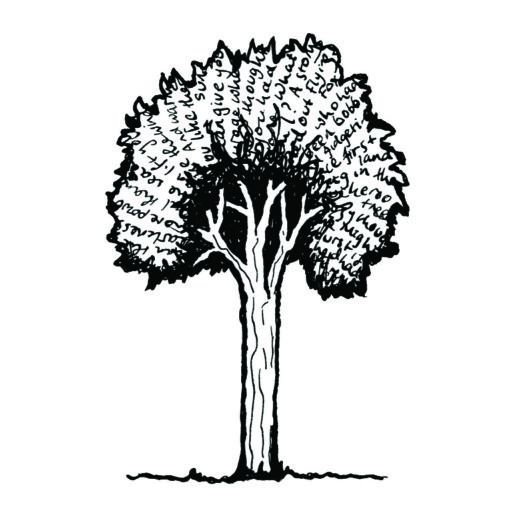Nearly 3 weeks ago I planned to draw A plant a day for a week. Part meditation, part nature journaling, part learning new species. Well, life got in the way, as it does. I didn’t draw a plant every day. I didn’t always stick to my own rules.
Sometimes I got frustrated when I didn’t find the time. But that’s not what it’s about – it’s no use getting annoyed if you don’t get time to draw.
I find it a lot like meditation. If you are trying to clear your mind of thoughts, and you find your mind wandering, there’s no use beating yourself up about it. Because then you just start dwelling on the negatives, and it makes it that much harder to get back to a state of calm openness.
Instead, just be kind to yourself, and take up your pen whenever you next have a chance (it could be days or weeks away, but that’s ok).
I say ‘take up your pen’ because that’s my favorite way of sketching in my nature journal. Curiously, I find that if I use a permanent ink pen to draw, I am less worried about making mistakes than I would be if I use a pencil. Perhaps it’s because you can’t erase a mistake made with an ink pen, so you just have to ‘get on with it’ and keep drawing. It means you spend more time looking at the subject and sketching, than critiquing what you’ve done, and correcting the flaws in the drawing.
In this way it’s a bit like not focusing on the negatives, and just immersing yourself in the process. And when this happens, drawing can be the most wonderful, absorbing, relaxing activity.
If you look closely at these drawings, there are many wobbly lines and mistakes, and the botanists in the audience will see that perhaps a leaf is not as wide or narrow as it should be, or the leaf veins aren’t quite right. The sort of nature journaling that I do is not botanical art. In some ways it is the exact opposite of botanical art. I try to quickly capture an overall impression, some defining features of a plant, some observations, some questions for later… Yes, the subject is a plant, but these sketches do not have the exactitude and precision of botanical art. And they don’t need to, as the drawings are for me, alone, to learn and remember the plants. And doing the drawings in this way is also for fun and mindfulness.
So here are the new plant species I have ‘met’ over the last few weeks. Slowly, the many shades of rainforest green are coming into focus as individual species, with their own names, history and stories. I find this deeply exciting.







To identify these south-east Queensland rainforest plants I have been using the reference books Rainforest Trees and Shrubs and Mangroves to Mountains; a hand lens, and the help of some knowledgeable botanist buddies.
To read more about drawing as meditation, check out the wonderful Zen of Seeing: Seeing/Drawing as Meditation by Frederick Franck.


Great idea, but as you say life gets in the way…looking forward to 1 December…your drawings are really good.
Thanks Sue! Looking forward to a fab workshop with you in the Hunter Valley.
Looks beautiful Paula, you’re so talented, what a lovely way to meditate and learn plants!
I think we saw you out walking, hope to catch up with you around the neighbourhood!
Hey Nina, great to hear from you! Thanks for your kind words 🙂
What a great way to learn your plant characteristics! – I am sure the plant features must imprint better on your brain when you have to observe them well enough to draw them. Maybe I should have a go…!
Hi Tanya, Thanks! Research has actually shown that when you draw or write something down, it goes through your visual cortex and you are more likely to remember whatever it is you’re writing or drawing. That’s also partly why it’s helpful to take notes in lectures. But I find going back to the drawings / notes, and reviewing them (just like lecture notes!) is also important, especially when you’re trying to learn lots of new things (like all the plant species around here). But surely you know all the plant species in SA now?! If not, you must be close 🙂